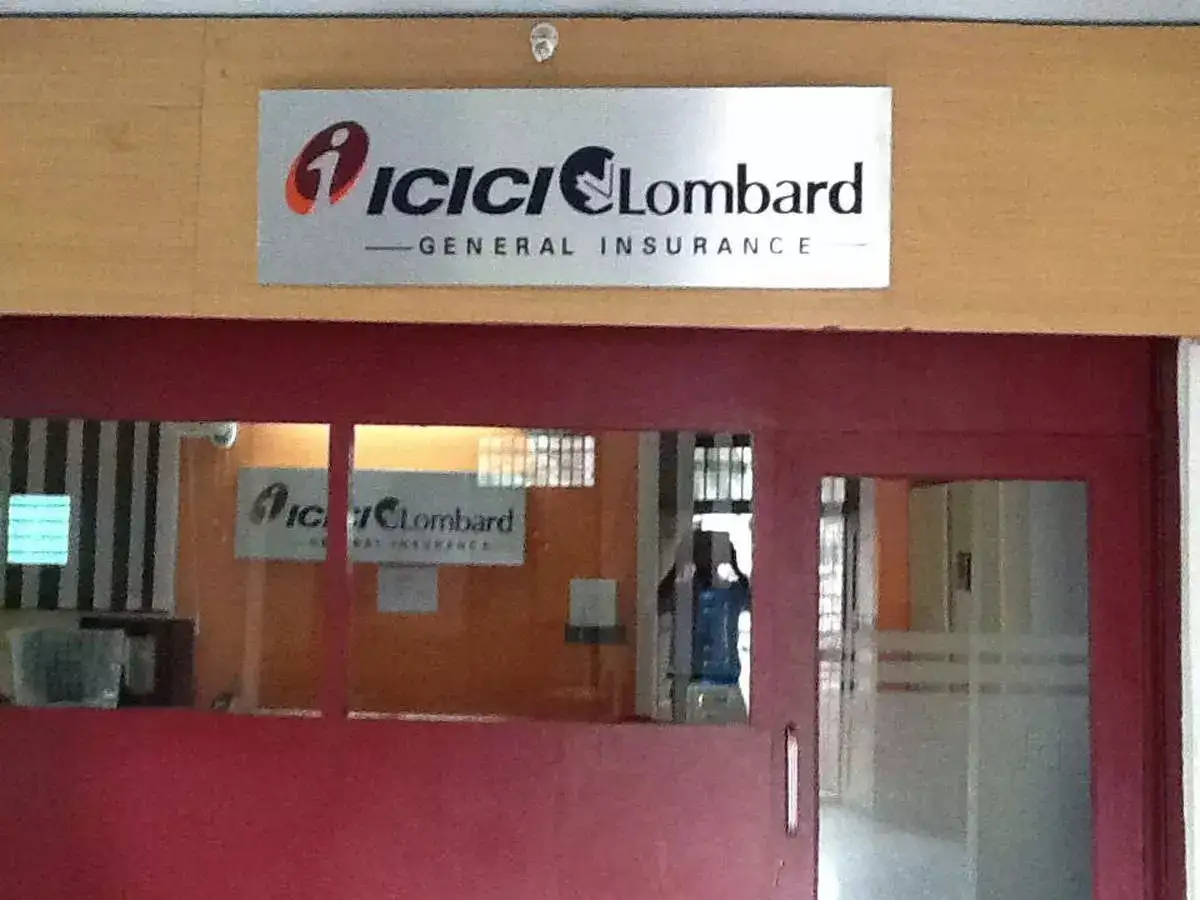🧾 Financial Snapshot
| Metric | FY25 | YoY Change |
|---|---|---|
| Gross Direct Premium Income | ₹26,833 crore | ↑ 8.3% |
| Net Profit | ₹2,508 crore | ↑ 30.7% |
| Combined Ratio | 102.5% | ↑ 0.2 pp |
| Return on Avg Equity (ROAE) | 19.1% | ↑ 1.9 pp |
| Solvency Ratio | 2.69x | ↑ 0.07x |
| Final Dividend | ₹7/share | Maintained |
📊 Quarterly Highlights (Q4 FY25)
- Net Profit: ₹510 crore, down 2% YoY.
- Gross Direct Premium Income (GDPI): ₹6,211 crore, up 2.3% YoY.
- Combined Ratio: 102.5%, slightly higher than 102.3% in Q4 FY24.
- Solvency Ratio: Improved to 2.69x, above the regulatory minimum of 1.5x.
📈 Segment Performance
- Retail Health Insurance: Premiums grew approximately 30% YoY, driven by increased awareness and rising medical costs.
- Motor Insurance: Premiums rose 18% YoY, supported by demand in the two-wheeler and tractor segments.
- Commercial Lines: Growth was muted due to flat government expenditure, with expectations of improvement in the coming quarters.
⚖️ Regulatory Impact
The implementation of new accounting norms by the Insurance Regulatory and Development Authority of India (IRDAI) in October 2024, requiring insurers to spread long-term policy premiums over the policy duration, impacted reported premium income. This change led to a more conservative recognition of premium income, affecting the comparability of year-on-year figures.
📉 Challenges
- Claims Paid: Increased by 25.5% in Q4 FY25, amounting to ₹3,510 crore, primarily due to higher health and crop insurance claims.
- Loss Ratio: Deteriorated to 71.6% from 68.6% in the previous year, indicating higher claims relative to premiums earned.
📈 Market Performance
- Stock Movement: Shares experienced volatility post Q4 results, reflecting investor concerns over rising claims and regulatory changes.
- Analyst Outlook: Mixed sentiments due to margin pressures and the impact of new accounting norms on reported premiums.
🧾 Conclusion
ICICI Lombard’s FY25 performance showcases resilience amid regulatory shifts and rising claims. Strategic focus on retail health and motor insurance segments, coupled with strong solvency and return metrics, positions the company for sustained growth. However, the impact of increased claims and regulatory changes on profitability warrants close monitoring in the upcoming fiscal year.




















